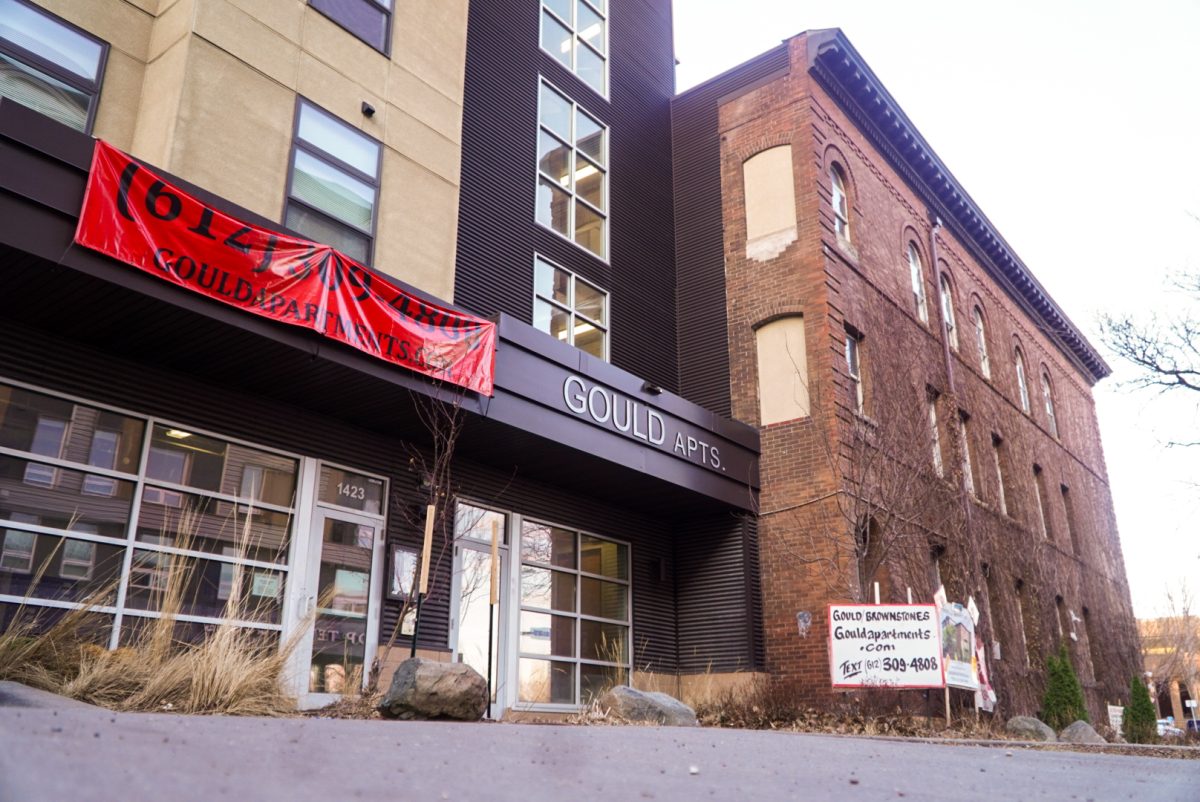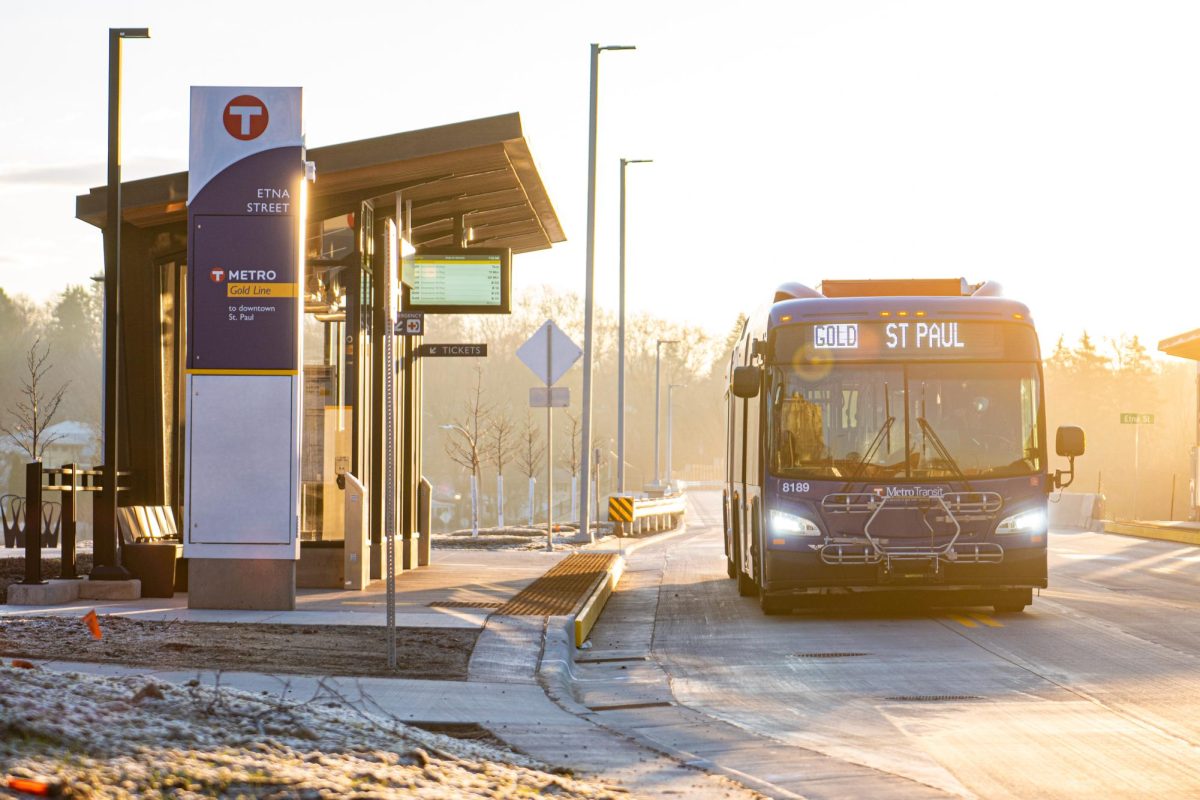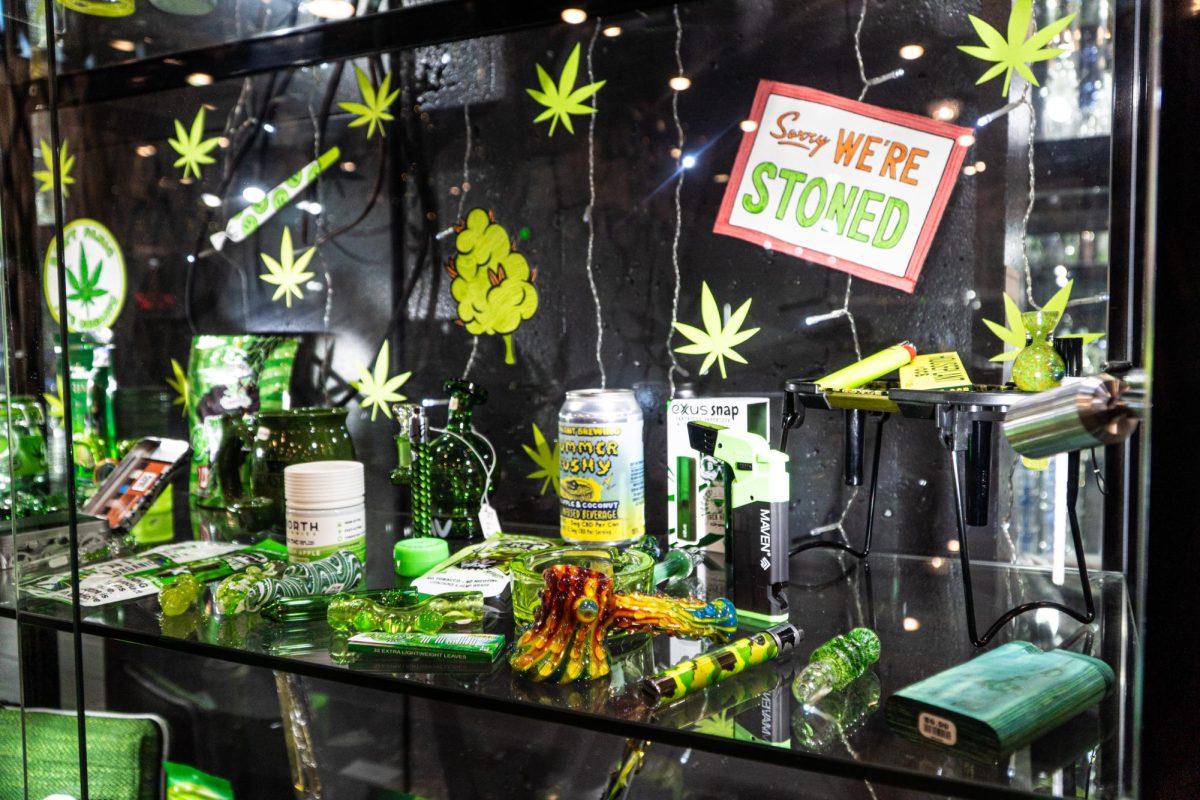In the evening, hoards of University of Minnesota students
can be seen trekking down Washington Avenue for a quick bite to eat before heading
back to their apartments for the night.
But among this group is Deb Johnson, who often spends her
nights on campus holding a sign, asking people for donations.
Since July 2015, she has spent time in
shelters or briefly living with friends.
“I was staying in a shelter until February, but people
started stealing from me or messing with my mind, so lately I either ride the
train or couch [surf] at friends’ houses,” Johnson said.
Recently, the Maple Grove Police Department reported an
increase of panhandling in suburban cities because many are moving from densely
populated urban areas to the outer parts of the city.
“It pretty much started around June,” said MGPD Police
Captain Dan Wills, though the increase began stagnating in September.
Wills said the MGPD has received complaints from some city residents
who’ve seen people asking for money by major intersections.
Panhandling is only illegal if the person is being
aggressive, he said.
“I don’t think it’s
something that’s going away,” he said, “but we don’t want people out in the
cold.”
Wills said the MGPD gives cards with resource information to
homeless people they encounter. He said
it is best for residents to do the same.
Mike Huffman, shelter program manager at St Stephens’ Human
Services — a nonprofit working to combat homelessness — said the way to end
homelessness is through emergency services and affordable housing.
“There is a vacancy rate of 2 percent in Minneapolis,” he
said. “Affordable housing is even less at 1.8 to 1.6 percent.”
According to Wilder Research, an organization that offers
research to nonprofits, 36 percent of homeless adults could not afford to pay
their rent or mortgage, and 22 percent cannot find affordable housing.
Dan said that housing is an important part of helping people
overcome homelessness because it allows them time to figure out their next
step.
And 39 percent of homeless adults are African American,
though they make up 5 percent of Minnesota’s population. Similarly, eight
percent of homeless adults are American Indians, though they comprise 1 percent
of the state’s population.
But according to Wilder Research, homelessness is down nine
percent compared to 2012. This is compared to the 32 percent increase between
2006 and 2012.
And Minneapolis Police Department Officer Corey Schmidt said
in an emailed statement that the department has not seen an increase of
panhandling in Minneapolis.
Nevertheless, according to Wilder Research, of all groups, people
under 24 are the most likely to be homeless in Minnesota. This includes
children living with homeless parents, of which about 50 percent are age 5 or
younger.
Ultimately, though, Wills said it is best for students to
redirect homeless people to services.
“It tugs at your heartstrings to see these people, but we’re
asking citizens to donate to charities,” he said. “These services are going to
help more than spare cash.”
Johnson said she lost her parents’ house a year ago after
not being able to pay the reverse mortgage.
She said she feels thankful on because East Bank students
often offer donations or their respect.
Johnson said she plans to find a social worker to get her
back on track while looking for affordable housing.
“Hopping around like this is crazy and stressful,” Johnson
said.







